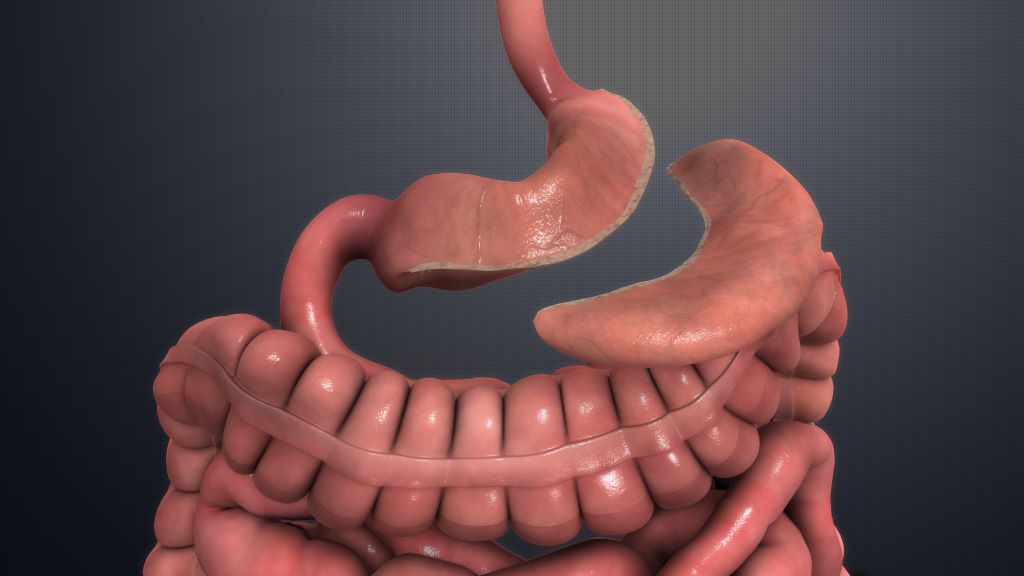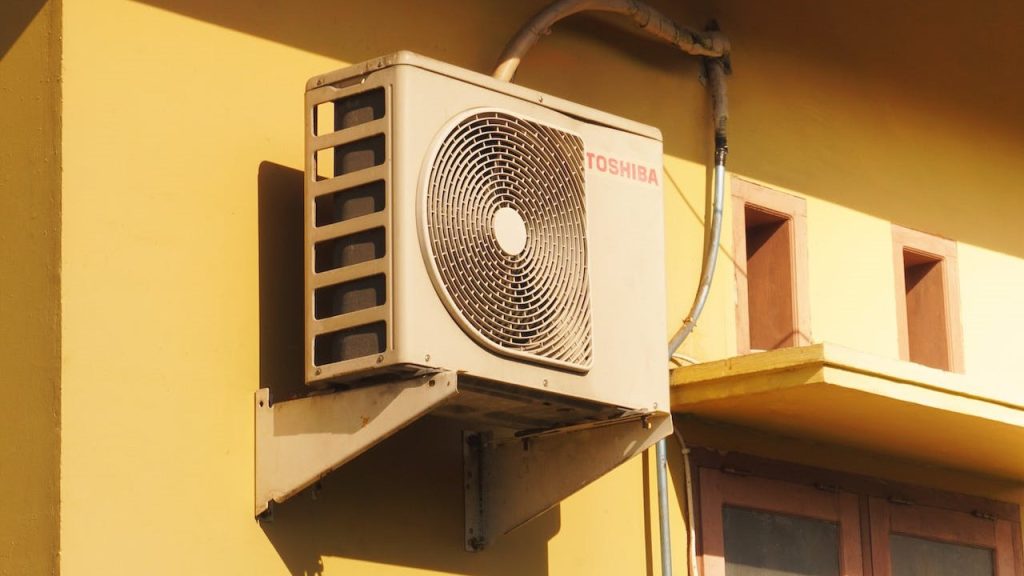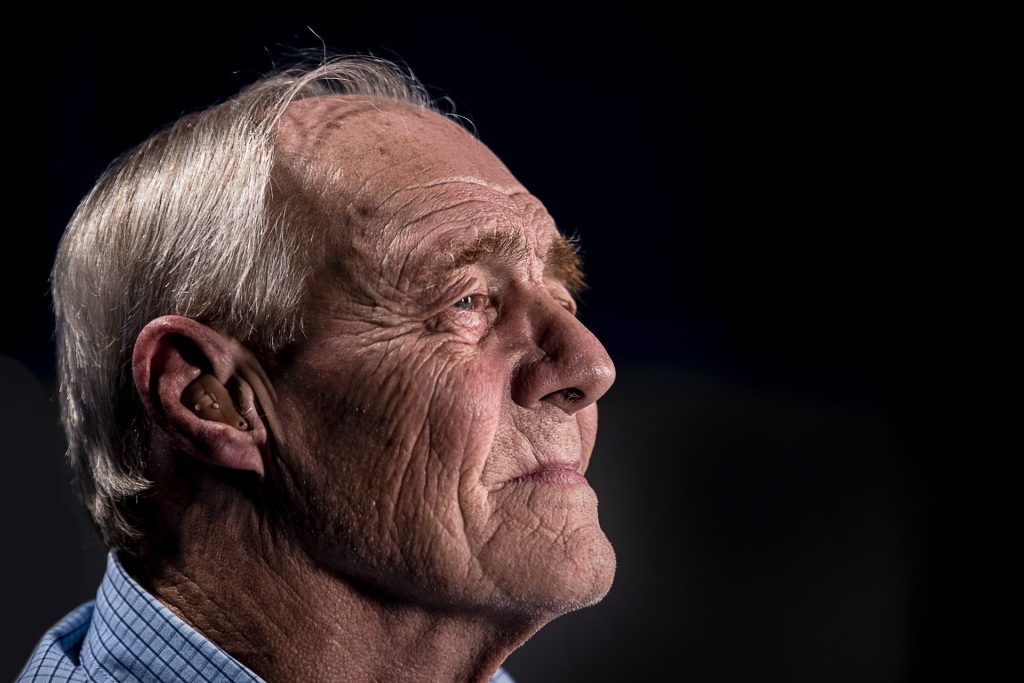Two Types of CBT are Equally Effective in Treating Fibromyalgia

There does not appear to be any profound differences between so-called exposure-based CBT and traditional CBT in the treatment of fibromyalgia, according to a study led by researchers at Karolinska Institutet. Both forms of treatment produced a significant reduction in symptoms in people affected by the disease. The study, one of the largest to date to compare different treatment options for fibromyalgia, is published in the journal PAIN.
About 2–4% of people live with fibromyalgia, a long-term pain syndrome that causes great suffering for patients through widespread pain, fatigue, and stiffness in the body. There is no cure for fibromyalgia and existing drugs often have insufficient effect, raising the need for more effective treatment methods.
Cognitive behavioural therapy (CBT) has shown some effect, but there is a lack of trained CBT practitioners. There is also a lack of knowledge about which form of CBT is most effective.
The study compared two different forms of internet-delivered cognitive behavioral therapy in terms of how well they reduce the symptoms and functional impact of fibromyalgia.
In brief, exposure-based CBT involves the participant systematically and repeatedly approaching situations, activities, and stimuli that the patient has previously avoided because the experiences are associated with pain, psychological discomfort, or symptoms such as fatigue and cognitive problems.
In traditional CBT, the participant is presented with several different strategies to work on during treatment, such as relaxation, activity planning, physical exercise, or strategies for managing negative thoughts and improving sleep.
The study showed that traditional CBT was by and large equivalent to the newer treatment form of exposure-based CBT.
“This result was surprising because our hypothesis, based on previous research, was that the new exposure-based form would be more effective. Our study shows that the traditional form can provide an equally good result and thus contributes to the discussion in the field,” says Maria Hedman-Lagerlöf, licensed psychologist and researcher at the Center for Psychiatry Research at the Department of Clinical Neuroscience, Karolinska Institutet.
The randomized study involved 274 people with fibromyalgia, who were randomly assigned to be treated with traditional or exposure-based CBT.
The treatments were delivered entirely online and all participants had regular contact with their therapist.
Participants answered questions about their mood and symptoms before, during, and after treatment.
After the 10-week treatment, 60% of those who received exposure-based CBT and 59% of those who received traditional CBT reported that their treatment had helped them.
“The fact that both treatments were associated with a significant reduction in the participants’ symptoms and functional impairment and that the effects were sustained for 12 months after completion of the treatment, indicates that the internet as a treatment format can be of great clinical benefit for people with fibromyalgia,” says Maria Hedman-Lagerlöf. “This is good news because it enables more people to access treatment.”
The study is the second largest to compare different psychological treatment options for fibromyalgia, according to the researchers.
“Our study is also one of the first to compare with another active, established psychological treatment,” says Maria Hedman-Lagerlöf.
Source: Karolinska Institutet





